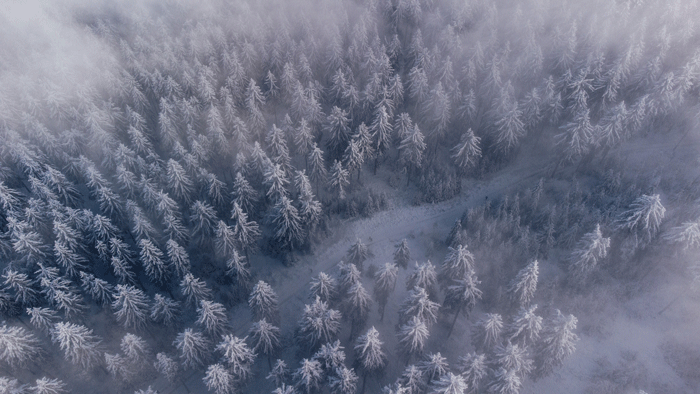Have you ever noticed how much more noticeable automobile exhaust is during the frigid winter months? The level of pollution released by sources such as automobiles and factories remain relatively stable throughout the year. But it’s no coincidence that the pollution is more visible in the winter. Cold winter temperatures may wreak havoc on air quality. That means you should be especially mindful about building a Healthy Home environment throughout the cold months.
The EPA gives some helpful hints for enhancing the air quality in your house. These are fantastic to do at any time of year, but especially when the weather cools down.
So, what precisely causes poor air quality in the winter? Let’s have a look at some of the variables.
Pollution has increased.
Nobody loves a chilly car, and it’s typical to see idling automobiles in the winter as people wait for them to warm up before driving away. As a result, car emissions rise somewhat.
Staying warm is important in interior situations as well, so fireplaces, furnaces, and wood-burning stoves are in high demand all winter. Aside from individual house usage, energy output (typically in the form of coal-burning) and consumption in major companies and enterprises surge throughout the winter.
Spending More Time Indoors
It might be tough to get out of a warm bed on a cold morning, and it can be even more difficult to step outdoors into freezing temps. It’s no secret that we all spend more time indoors during the winter, making us more vulnerable to the effects of inadequate ventilation and elevated carbon dioxide levels.
Even elements that are beneficial to properly heating houses can cause air quality issues for the people who live inside. Insulation layers and tight sealing on doors and windows can keep fresh outdoor air from moving inside. As a result, think about measures to improve the dispersion of fresh air in your house, such as whole-home ventilation systems.
Inversion of Temperature
Cold conditions, known as “temperature inversion,” can trap pollutants near the ground. This occurs when a layer of warmer air lies above the cooler air at the surface, functioning as a cap to trap pollutants and allergens. This is especially frequent in locations where wood-burning fireplaces are commonly used throughout the winter.
This is how smog, smoke, and carbon dioxide may persist for extended periods of time, and they normally do not break up until a weather event (wind, rain, snow) passes through the region.

